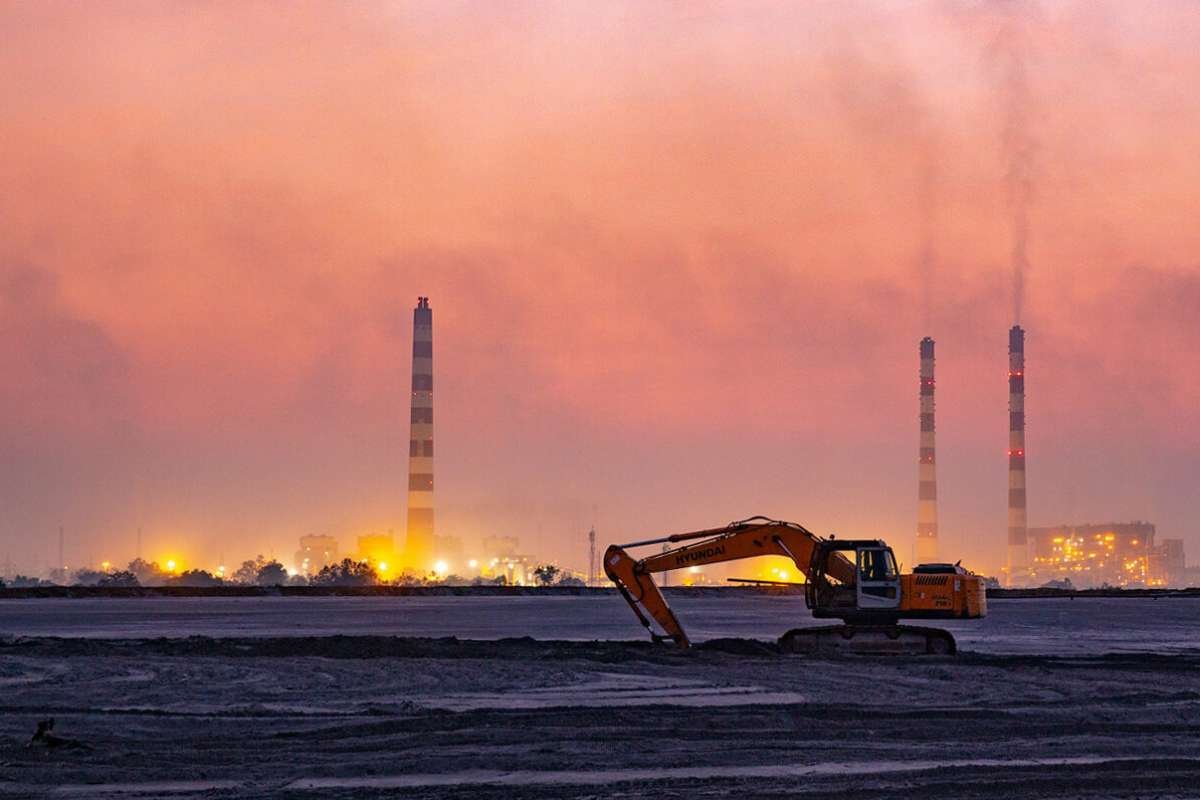Key Points:
- India CO2 Emissions: Power sector emissions fell 1% in H1 2025.
- Renewables: India hit 50% non-fossil power capacity ahead of 2030.
- Outlook: Power sector emissions may peak before 2030.
Emissions dip only second time in nearly 50 years, driven by clean energy growth and mild weather. India CO2 Emissions from the power sector dropped by 1% year-on-year in the first half of 2025, marking only the second decline in nearly half a century, according to a joint analysis by the Centre for Research on Energy and Clean Air (CREA) and Carbon Brief. Over the past 12 months, emissions slipped by 0.2%, a rare reversal following decades of consistent growth. The previous fall occurred in 2020 during the COVID-19 pandemic.
The analysis suggested that India CO2 Emissions could peak before 2030 if current clean energy expansion continues alongside moderate electricity demand growth.
Cooling conditions and clean energy drive slowdown
A key factor behind the decline was slower electricity demand growth. Government data showed that 65% of the fall in fossil-fuel power generation was due to reduced electricity use, influenced by relatively mild temperatures and higher rainfall compared to 2024’s record heatwaves. Another 20% was attributed to faster growth in non-hydro clean power, with the remaining 15% linked to higher hydropower output.
India received 42% above-normal rainfall between March and May 2025, significantly lowering the need for cooling systems such as air conditioning, which typically account for about 10% of total national power demand. At the same time, hydropower generation surged due to abundant rainfall.
The power sector played the largest role in slowing India CO2 Emissions, accounting for 60% of the overall drop compared to the 2021–2023 trend.
Oil demand also slowed sharply, contributing 20% to the reduction. In contrast, emissions from steel and cement industries rose slightly during the same period.
Progress toward renewable energy targets
India’s emissions profile has historically been shaped by rapid growth in fossil fuel consumption. Between 2019 and 2023, CO2 emissions from fossil fuels and cement rose by 8% annually, recovering strongly after a 7% dip during the pandemic. However, momentum shifted in late 2024 when emissions growth slowed to 2%, followed by just 1% in the first half of 2025.
The analysis pointed to structural changes in India’s energy mix. In July 2025, India announced that it had already achieved its target of installing 50% of total power capacity from non-fossil fuel sources, five years ahead of its 2030 commitment under the Paris Agreement. As of April 2025, the country had 234 gigawatts (GW) of renewable capacity in the pipeline, including 145 GW under construction. An additional 5.2 GW of nuclear power is also being built.
India has pledged to reach 500 GW of non-fossil power generation capacity by 2030 and achieve net-zero emissions by 2070. The Central Electricity Authority projects that non-fossil generation will account for 44% of the electricity mix by 2029–30, up from 25% in 2024–25. From 2025 to 2030, average annual power demand growth of 6% is expected to be met entirely through clean sources.
Global context and future outlook
India’s progress is seen as a critical signal for global climate action. Since 2019, the country has contributed nearly 40% of the rise in worldwide energy-sector emissions, making its trajectory essential to international climate goals.
The CREA and Carbon Brief analysis noted that clean energy growth is now expected to outpace demand growth later in the decade, likely leading to sustained declines in fossil fuel power generation and further reductions in India CO2 Emissions. This outlook aligns with India’s position ahead of the UN Climate Meeting (COP30), where the country is expected to highlight its advances in renewable energy and decarbonization.
Similar trends have been observed in China, where clean energy additions helped reduce CO2 emissions by 1% in the first half of 2025. China’s power sector emissions fell 3% as solar power growth matched rising demand, reinforcing a regional shift toward renewables.
For India, the latest data marks a turning point. While challenges remain in industrial sectors such as steel and cement, the combination of favorable weather, slowing fossil fuel use, and accelerating renewable deployment suggests the country could be on track to peak its power sector emissions well before 2030.
Visit more of our news! Business Viewpoint Magazine








